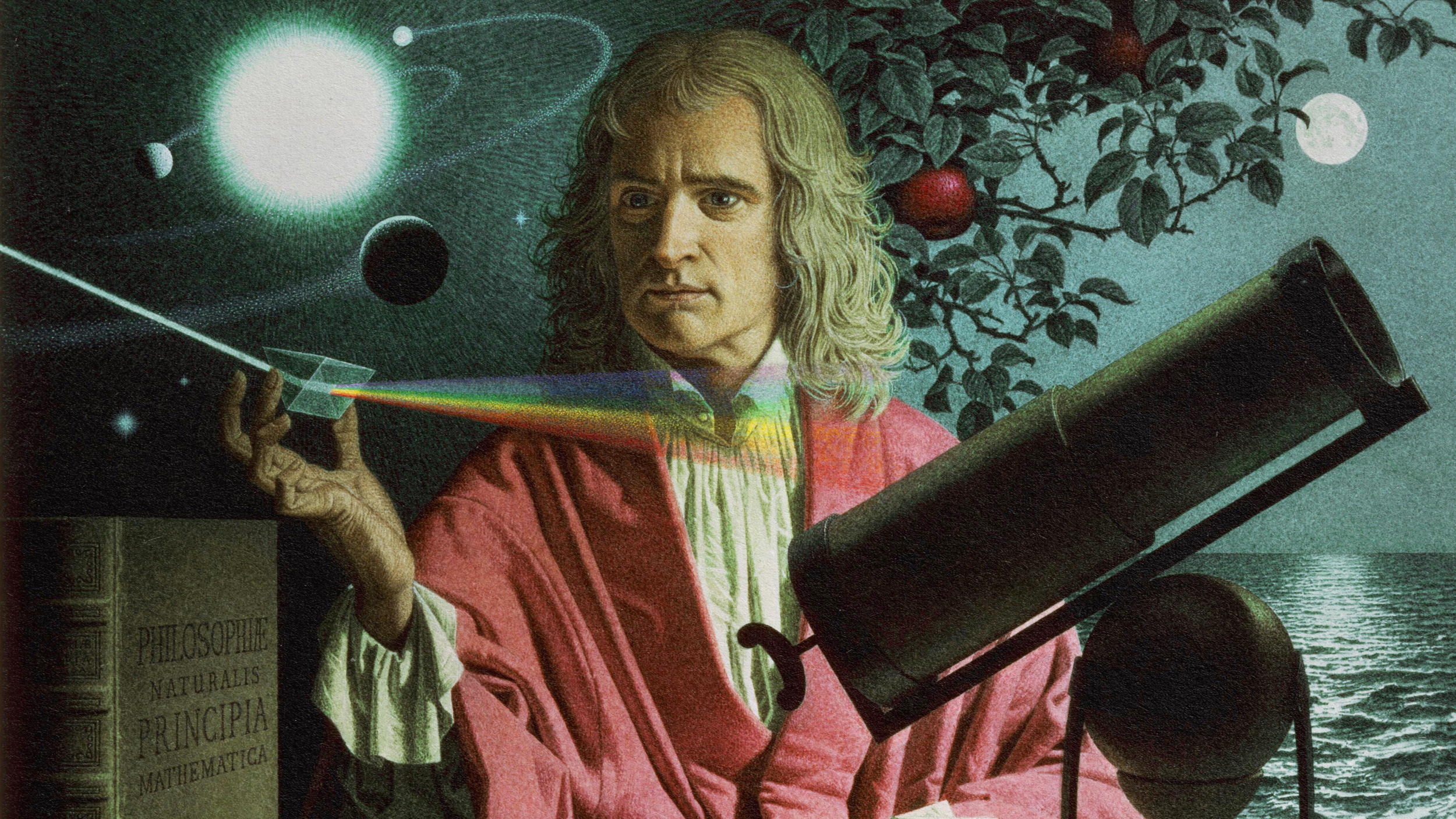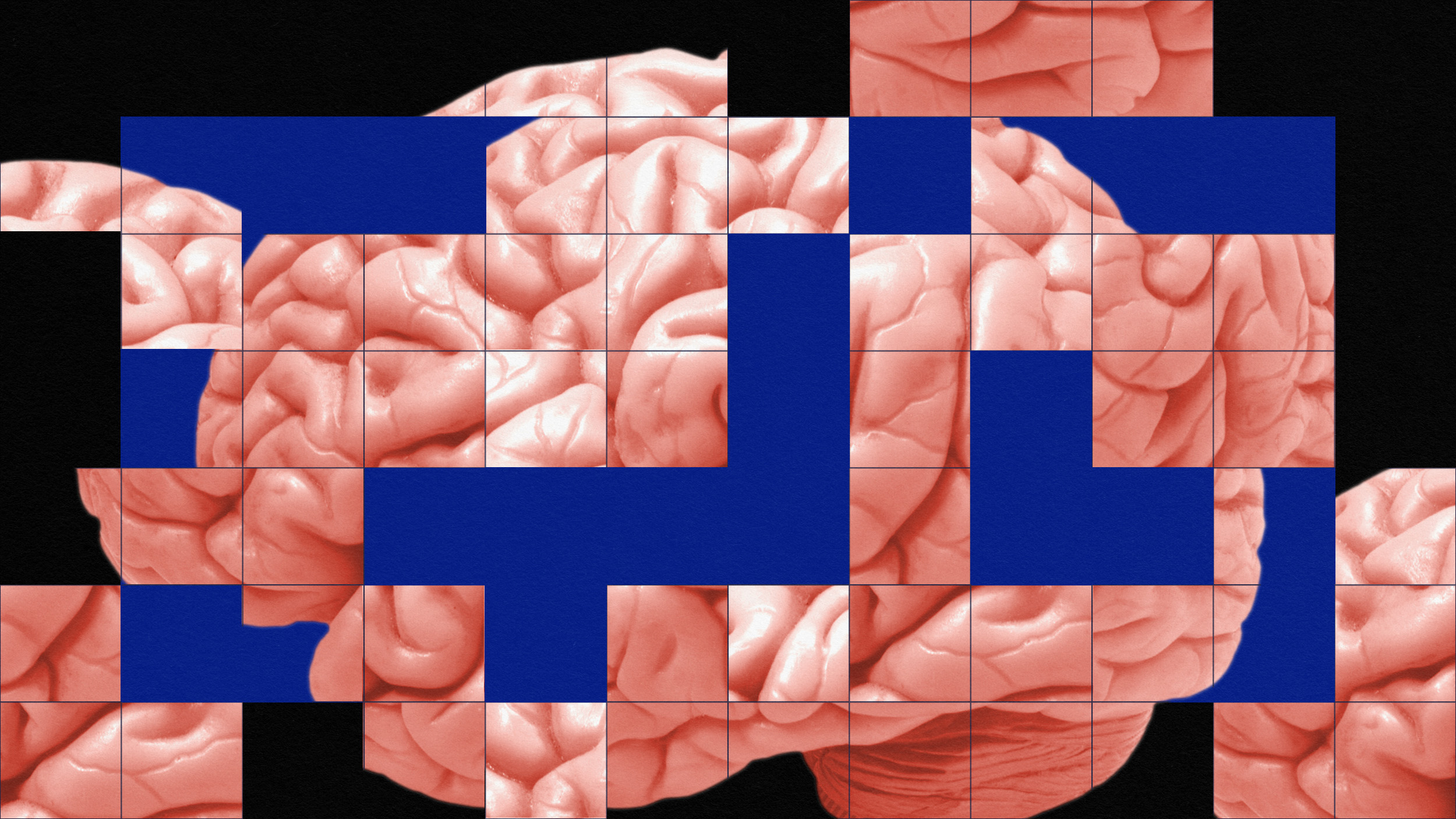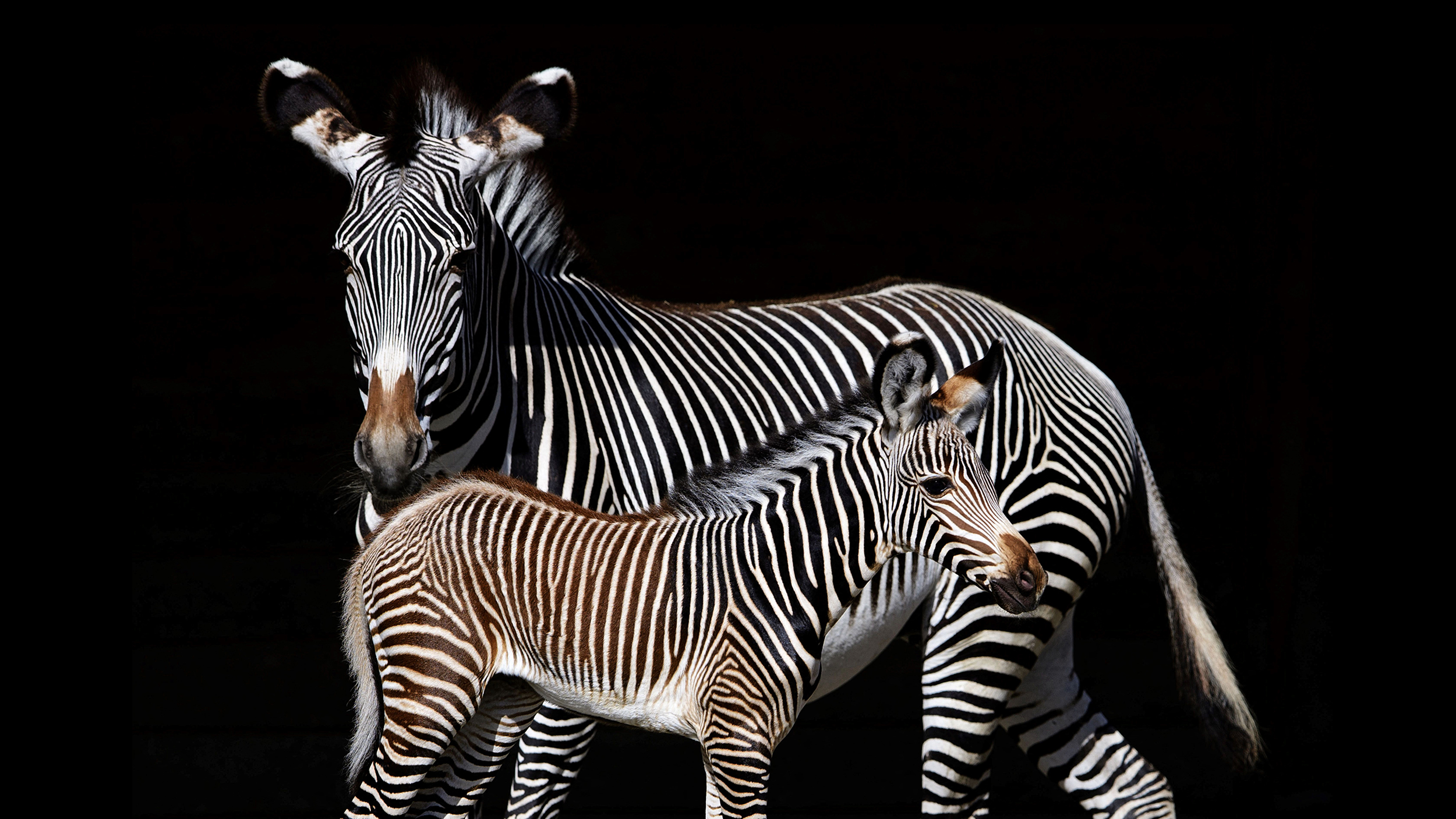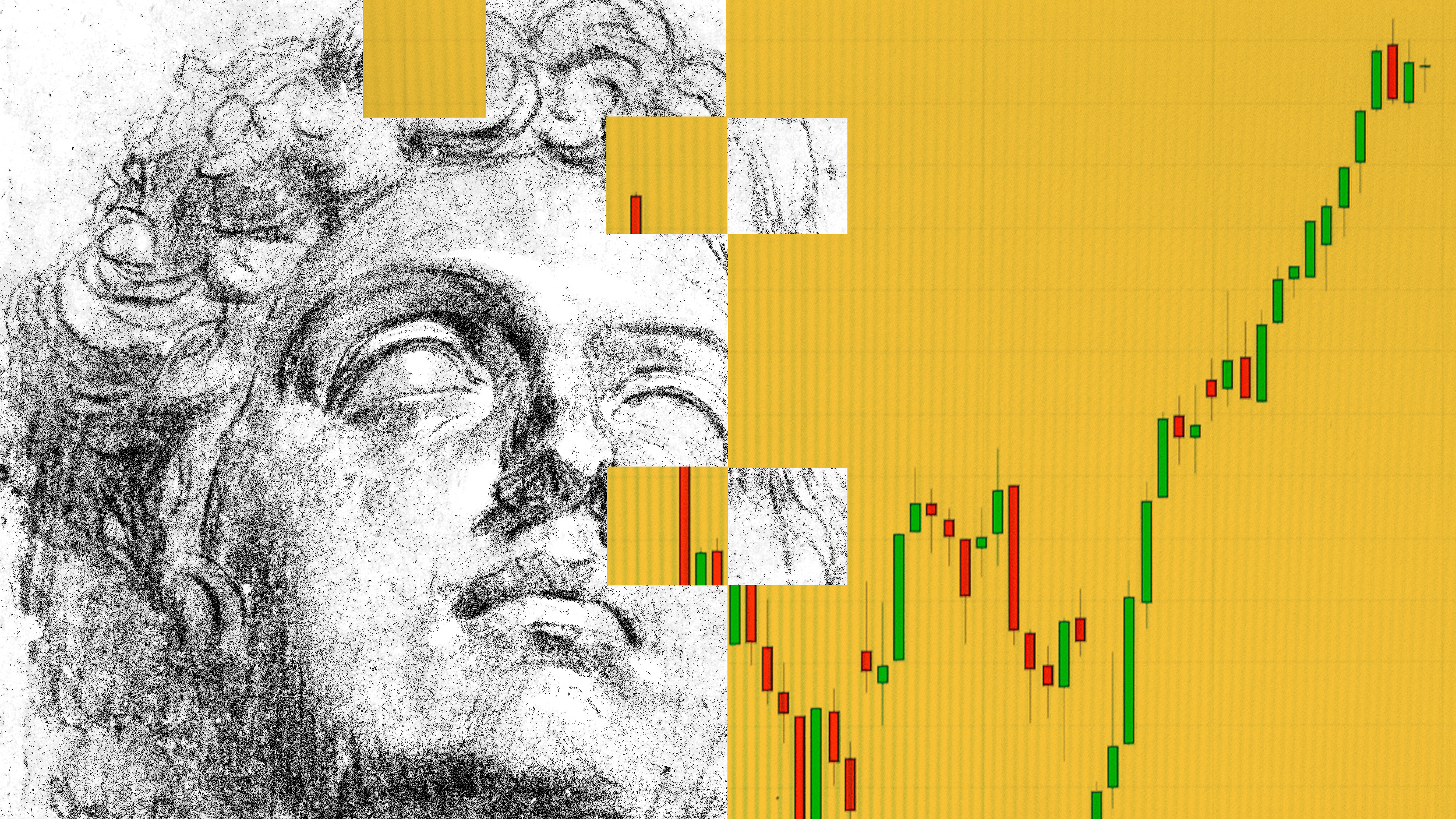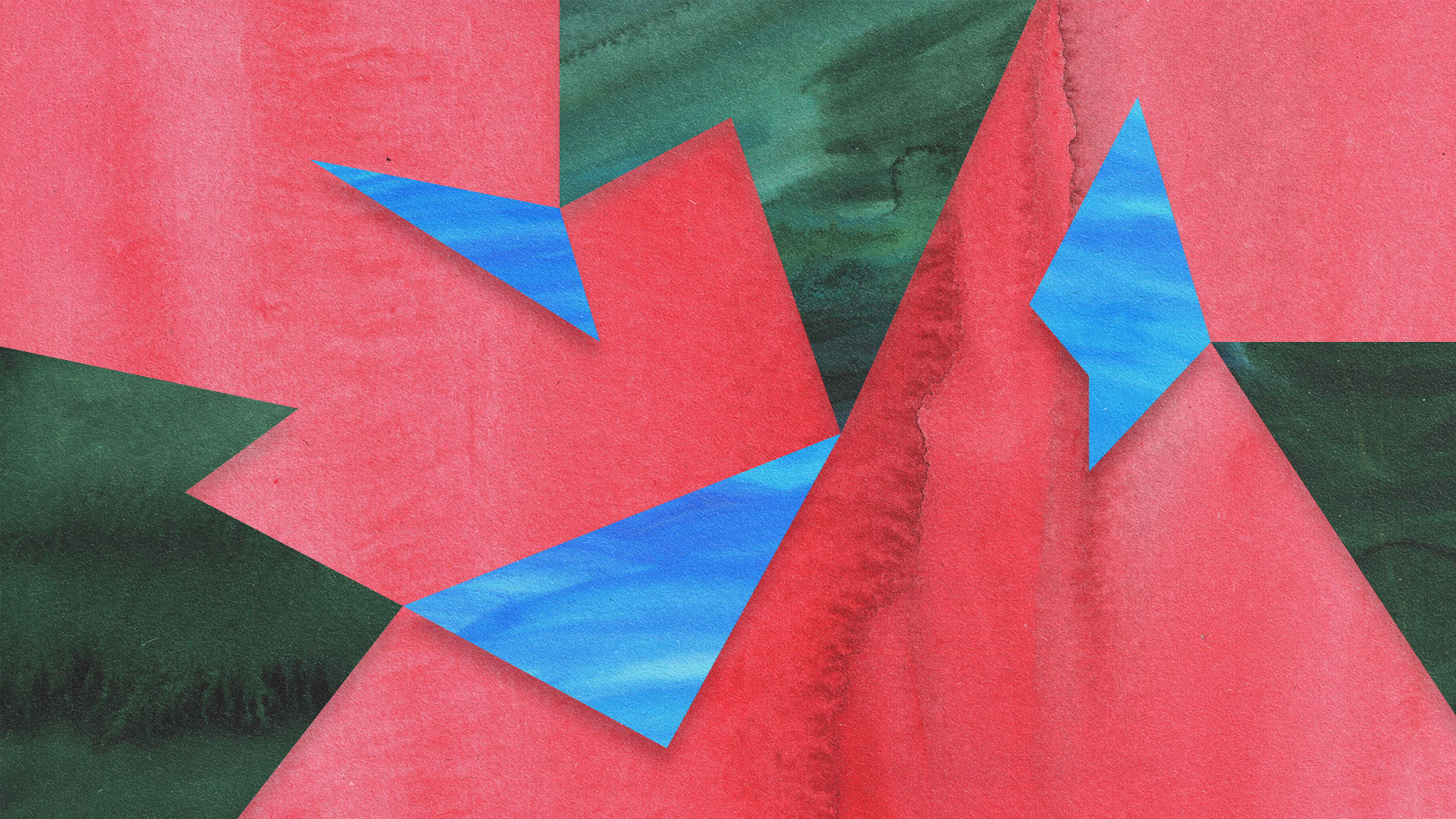How Isaac Newton and the “salience network” can unleash your creativity
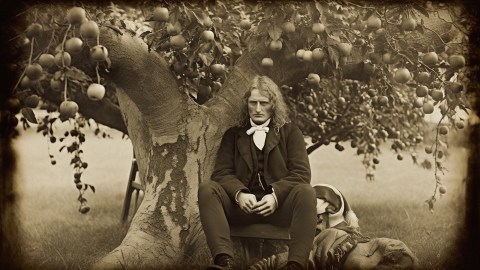
Credit: Vladimir Mukhanov and Midjourney / CC BY 4.0 / Wikimedia Commons
- Genius requires doing something new — breakthroughs often come when the thinker sets aside their customary thought process.
- The brain’s “salience network” cues us that things are not proceeding as expected and allows us to view situations anew.
- The first step toward insight is stepping away from the “House of Habit.”
Archimedes had a problem. Hieron II, the king of Syracuse, suspected that his new crown was not pure gold, so he charged Archimedes with finding the truth. The weight of the crown could be compared to the weight of pure gold using a scale, but that was no guarantee that it was gold all the way through. Archimedes needed a way to confirm that the crown took up the same amount of space as its weight in gold. But how? He was stuck with the tools of the day, locked into a riddle he couldn’t solve. Clearly, he needed a break, so he slipped into a warm bath. It was as he felt the water rising to match the weight of his body that his mental logjam broke apart. “Eureka!” he shouted (and, some say, went running out into the street naked). He had discovered displacement as a way of measuring mass, not simply by bearing down with his formidable powers of analysis but by letting go of cognitive striving and surrendering to sensation.
In 1666, with the plague raging through England, Sir Isaac Newton left Cambridge for Woolsthorpe Manor, the Lincolnshire sheep farm where he was born. Forced to set aside the intensity of his studies in mathematics, he found himself with unaccustomed leisure, sitting under an apple tree, in a self-described “contemplative mood.” Then he saw an apple drop to the ground. In a sudden flash, he realized how incredible it is that objects don’t fall sideways or upward but only downward. Somehow, these objects must be attracted to the mass of the earth. To make sense of this observation, Newton posited that some invisible force called gravity must exist. In that moment of truly attending to his senses, Newton saw the familiar act of objects falling as if for the first time. Breaking free from his driven and purely intellectual habits helped him revolutionize our understanding of physics.
Genius requires doing something new. It has many mysterious ingredients, but among them is the ability to break free from looking at things in the same old way. Many great thinkers throughout history began their discoveries by first realizing that they were stuck in the routine and the familiar. Yet their stories of astonishing insight rarely valorize grinding away at a problem until an answer emerges. Instead, we see that the grind is rarely where discovery occurs; the breakthroughs often come when the thinker sets aside their customary thought process. The interruption came not from another thought but from a sensory experience that helped them escape their default mode network’s (DMN) House of Habit. The mental intensity subsides, and in that moment of receptivity and presence, the penny drops, just like Newton’s apple.
We can’t rewind history and do brain scans on Archimedes and Newton, but we can use our existing framework to characterize the dynamics that must have been at play in their eureka moments. The default mode network is actively rehearsing and replaying the problem at hand as well as past solutions, providing a context for active inference. The dorsal attention network is guiding the process of reflection and analysis. And then something happens that isn’t covered by either of these two networks. Amid the cacophony of cognitive activity, the unexpected suddenly dominates the mental landscape. The weight of water displaced in the bathtub, the gestalt of the apple being pulled toward the earth, captures the great thinker’s attention.
In this magical moment when cognition stops striving and sensation floods in, disrupting the DMN, all the habitual patterns and strategies are diminished if not displaced. What becomes salient is no longer the familiar, intellectual attempt to analyze one’s way out of the problem. Instead, the disruption of DMN dominance allows for new representations, a network responding to sensory inputs, as per Archimedes’s bath and Newton’s garden landscape. Archimedes’s bathwater is recast as a measurement tool; the plunk of an apple falling from a tree becomes a sign to Newton that a fundamental principle of nature had hitherto been overlooked.

The good news is that the capacity to disrupt the DMN to gain new insights is not reserved for geniuses attempting major advances in physics. Evolution shaped our brains with a system for disrupting ongoing activity whenever something shows up that absolutely demands our attention: a tiger emerges from the high grass, your boss stares daggers at you in the morning, you feel a sudden shortness of breath for no particular reason. This is the salience network, and it reallocates neural fuel—sugar and water—from brain regions that conduct business as usual (DMN) to regions that take in new sense data. The salience network cues us that things are not proceeding as expected—there’s been a prediction error.
We can then decide to exploit existing knowledge supplied by the DMN, leveraging the dorsal attention network to tweak our preexisting plans—this is active inference. But the salience network’s alarm bell can also be a cue to disrupt routine, take in new information from sensing regions in the back of the brain, and view the situation anew via perceptual inference. Because the sensory regions occupy different neural real estate and operate independently from regions responsible for thought and action, the salience network has the ability to shut down the habit system in favor of urgent updating. You can think of sensation as your built-in DMN ejector seat.
Getting up, stumbling into the bathroom, and brushing your teeth while half-asleep is a classic default-mode-network operation. But imagine that, halfway through your preparations, you realize that the tube of white stuff you’re squeezing onto your toothbrush is not toothpaste but the antifungal cream you just bought for athlete’s foot. Time to wake up and regroup.
We can’t rewind history and do brain scans on Archimedes and Newton, but we can use our existing framework to characterize the dynamics that must have been at play in their eureka moments.
The power of the salience network was powerfully revealed in research done by William Seeley, a neurologist and pathologist at the University of California San Francisco. He studied a relatively uncommon disease known as frontotemporal dementia (FTD),which targets the brain’s salience network. Unlike Alzheimer’s disease, in which memory is one of the first things to go, in FTD, people remember things just fine—they simply can’t control their habits and impulses. A person with FTD could tell you that brushing with antifungal cream is wrong but end up doing it anyway. The profile of FTD teaches us that the salience network is needed to mediate the relationship between one’s habits and the world. When the salience network is impaired, new knowledge can’t disrupt habit, and the intellect can’t be roused to help.
We all have our blind spots and habits we know intellectually aren’t working but just can’t shake. But unlike that of a person with FTD, our salience networks are (mostly) intact; embracing sensation allows not just a slight movement in preferences but a radical shift in the script. We’re not just repainting a room in the House of Habit; we’re doing a complete renovation.
The escape from conventional perspectives has long been the calling card not just of brilliant scientists but also of serious artists. Underground poet Charles Bukowski chronicled life on the margins, including his own long-standing addiction to alcohol. He believed that he couldn’t write without drinking and that being devoted to writing meant embracing a habit that would destroy his health. “Find what you love and let it kill you,” his commonly (mis)attributed motto, represents his ethos pretty well (whether or not he actually said it). For Bukowski, the greater danger came from conformity, a life dedicated to the rule-following habits of the DMN. Sure, getting intoxicated to create was yet another rule, but this rule successfully fed his artistic creativity—foraging for ways to defy convention worked for Bukowski, at least from the perspective of being an artist (his liver may have disagreed).
What if Bukowski is at least half-right? What if sticking to what we know is blocking the path toward greater creativity, more fulfillment, and a happier life? What Bukowski was interested in killing was knee-jerk reliance on the known, predictive models. It’s only when we go beyond exploiting what we know that we can find the freedom to create something new. Just as Newton and Archimedes discovered, the first step toward insight is stepping away from the House of Habit.

